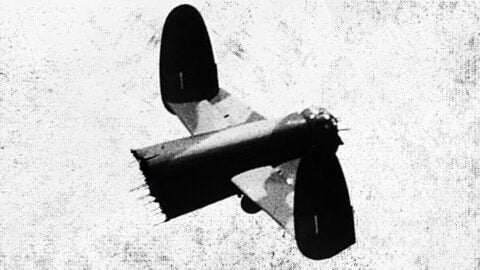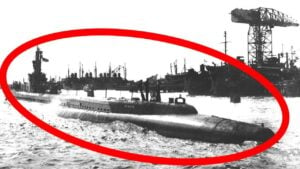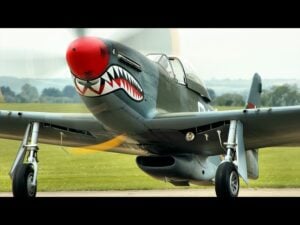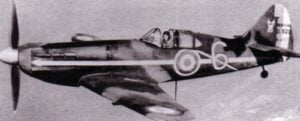The Broken Lancaster Tail that Flew and Landed itself

YouTube / FlakAlley
One of the strangest mysteries of World War II is when a bomber is torn apart in midair, its entire tail section ripped away by enemy fire. Yet somehow, that severed tail doesn’t just fall from the sky. It glides down and lands safely, with one stunned crew member still aboard. This is the incredible, almost unbelievable story of the Lancaster tail that refused to die.
A Mystery
On April 21, 1943, the RAF’s 103rd Lancaster unit was returning home after a successful night bombing run over Germany. Suddenly, the ground grew saw a mysterious silhouette of something that didn’t appear to be any known Allied or Axis aircraft. The silhouette had very small wings, traveling at a very high speeds. At five past midnight, the mysterious object lands in a bush of trees. It was the tail section of a Lancaster bomber with the tailgunner Patrick Kramer, still inside and alive.
It was a mystery- nobody understood how Kramer had managed to fly the tail section of his Lancaster to bring it in for a landing. It was evident that Kramer had been heavily shot, losing blood rapidly. He was then rushed to the hospital in Esbjerg, Denmark.
Tensions Mount
The other Lancaster crews of the 103rd who survived the night bombing raid began to explain what happened. Kramer was an experienced tail gunner of the Lancaster ED614, which was sent to destroy the Nazi weapon V2 rocket sites in Germany. Their plane was hit by heavy 88 mm flak on the way there, taking out two of the four engines, badly damaging the airframe.
Although crippled, the Lancaster was still a very capable plane, carrying over 10 tons of payload. By far, it’s one of the greatest heavy bombers within the European theater during that time. It wasn’t carrying its maximum payload. The two remaining Rolls-Royce Merlin engine at full power, the crew was able to keep the aircraft aloft. The crippled plane still managed to release its bombs, allowing it to climb at an altitude along with the rest of the formation on the way back home.
Covered in dark camouflage, Germany’s Bf-110s climbed at full power to intercept the Lancasters on their way back home. Kramer attempted to shoot back, but it was very difficult to shoot the night fighters in the midnight sky. Not to mention, German night fighters were also equipped with stealth cannon rounds to prevent Allied bombers from seeing them. After two strafing runs, Kramer had been shot in the chest by two 20mm cannon rounds, rapidly losing blood. At two past midnight, the tail section of the Lancaster was hit. This tore off the plane and splitting it in half. The Lancaster had 7 crew members, and sadly, all six were killed in action.
An Event Unlike Any Other
The tail section of the Lancaster was huge, and with just one crew member, it acted like a glider that had just been cut at the right length to keep the center of mass balanced. Miraculously, Kramer uses his guns as an engine and manages to glide his tail section to the ground, landing successfully in a bush of trees.
When the ground crew found him, he was immediately rushed to the hospital, but died later on. However, it wasn’t because of the landing, but because of the damage he had received before the tail had been cut off. This wasn’t the only time the tail had been cut off from the Lancaster. This happened in several accounts in WWII, but most were not as fortunate as Kramer to survive the landing. It heavily depends on where the center of mass is and where the tail is being cut off.




















